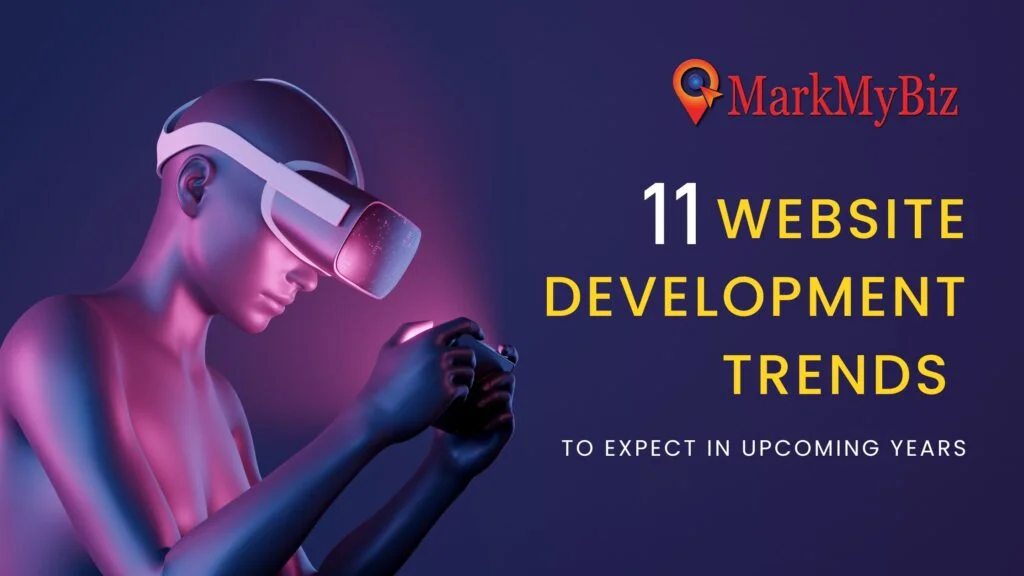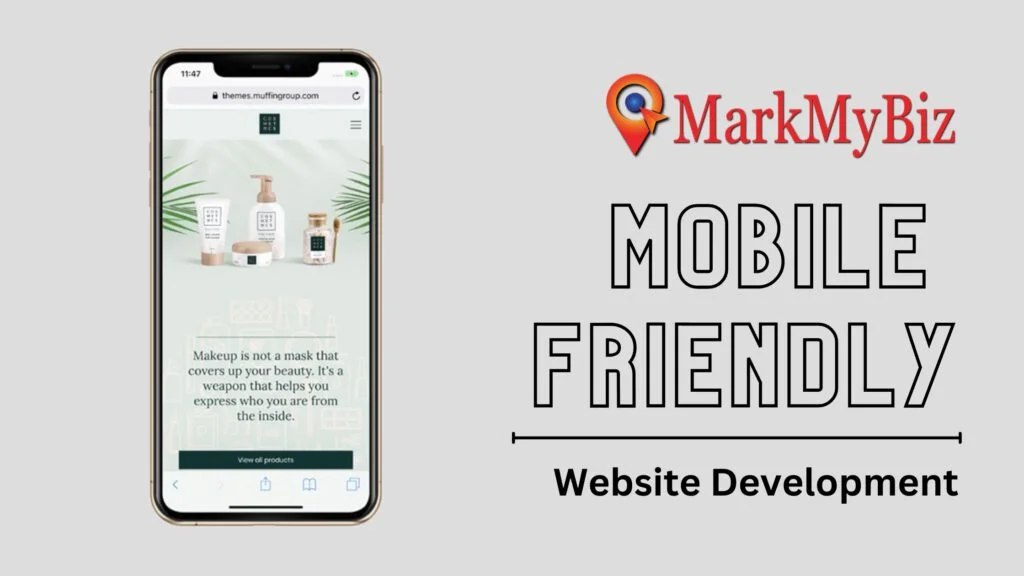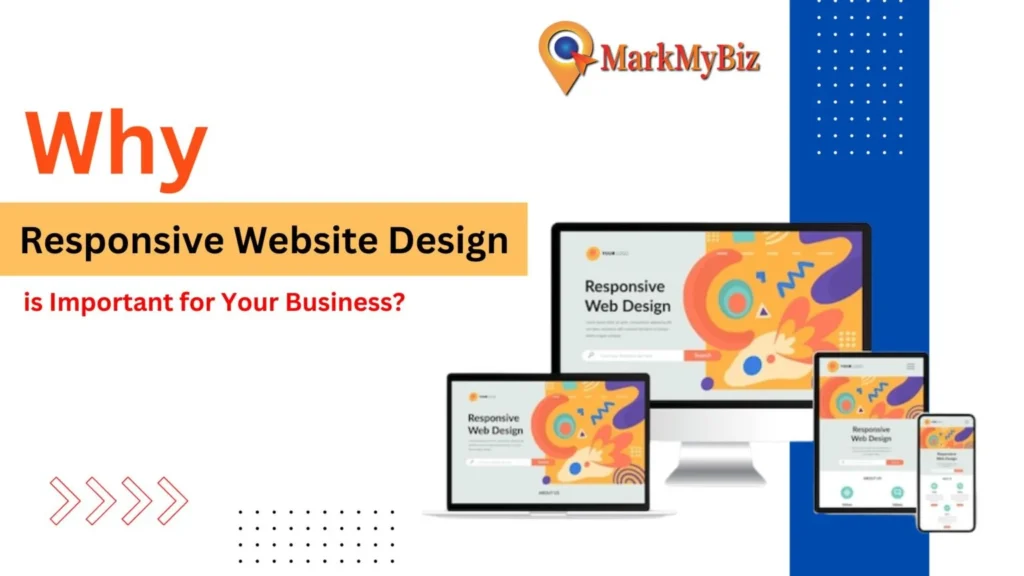In 1983, the Internet came to life. Today, over 1.58 billion websites exist, with around 5 billion people using the Internet daily. As the Internet expanded, website development trends also evolved. For website owners, keeping up with these trends is crucial. Failing to do so can impact your website’s performance and user experience negatively. To ensure your website remains top-notch, it is essential to incorporate the latest and best techniques in development. It’s like staying one step ahead of the game.
Let’s Discuss The Latest Website Trends of 2023
Did you know that many of these trends already present and are becoming more and more important? That is right! Implement these best practices into practice right away. Let’s examine them a bit closer.
1. Progressive Web Apps (PWAs)
Although progressive web apps (PWAs) aren’t entirely new, their latest version will entirely replace traditional web apps. PWAs speed up website loading and enable offline functionality in apps like Google Maps. PWAs are used by companies like Starbucks, Uber, Pinterest, and Twitter to improve the experience of users, and in the year 2023, many more are going to begin following.
Over 58% of international web traffic in the second quarter of 2022 came from mobile devices, excluding tablets. It has never been more important to switch web applications into PWAs, considering the increase in the use of smartphones and tablets to perform various online tasks.
PWAs offer an excellent user experience as well as other advantages like reduced website development costs and hassle-free provider maintenance. Additionally, they function and look visually like a typical webpage. PWAs will be created in 2023 using HTML, CSS, JavaScript, React, WebAssembly, or Angular.
2. AI Chatbots
To better serve customers’ demands, AI chatbots will advance in 2023. Machine learning, natural language processing, and information retrieval techniques will be used to help bots improve their ability to match user behavior.
AI-powered chatbots not only help businesses do activities more quickly through voice or text chats, but they also enhance the user experience. An AI chatbot can be used to collect information, respond to frequently requested questions, and resolve multiple issues. Customers can now enjoy an effortless online experience.
AI chatbots are already being used by many well-known B2C businesses to support their customers. Between 2018 and 2020, marketers’ use of AI grew by 190%, and many of these systems used WhatsApp, Facebook Messenger, and Skype instead of standard chatbots.
3. Accelerated Mobile Pages
A study conducted by Unbounce found that nearly 70% of consumers consider page speed when making purchasing decisions from online sellers. This means that overlooking your website’s speed is not advisable. This is where accelerated mobile pages (AMP) can play a crucial role.
In 2015, Google introduced the accelerated mobile page (AMP), a technology that provides lightning-fast digital experiences for mobile users. Besides delivering seamless user experiences and reducing bounce rates, AMP may also enhance core business metrics that are just as crucial as the number of conversions on web pages.
Although AMP usage has seen a slight decline since 2020, it continues to be the prevailing mobile technology globally. It is employed by approximately 35% of websites that implement mobile technologies and is utilized by more than half of the top 10,000 most popular websites.
4. Voice Search Optmization
Voice search is becoming more and more popular since it was first released by Google in 2011. According to a Grand View Research study, the market for intelligent virtual assistants like Alexa and Siri had record growth in 2019 and is expected to rise quickly going forward.
27% of people use voice search on mobile devices, according to Google. According to Microsoft research, 72% of users used a virtual assistant in the previous six months.
In order fulfill customer demand, more tech companies are entering the market or developing new devices, such as Google Home and Apple HomePod. Additionally, more than half of American adults own a smart home gadget. Voice search is therefore set to become more important than ever.
In addition to smart speakers, consumers are now using their smartphones and IoT devices for voice searches. In other words, search engine results pages will begin to prioritize and display voice search results more frequently. As a result, businesses will be focusing on voice search optimization in 2023 for both their products and content strategies.
5. Motion UI
Consumers of today expect richer, interactive digital experiences in addition to those that are faster and more mobile-friendly. The popularity of Motion UI can be attributed in part to this. With the help of the front-end framework Motion UI, developers may create fully responsive websites and mobile applications as well as apply pre-defined motions in native app environments. You may create an element that slides, spins, bounces, transitions, and more using this framework.
Because it works with all web technologies and can be installed anywhere on a website, Motion UI also gets points in this area. The header, footer, and menus are a few places where Motion UI is commonly used. Though this framework gained popularity in 2018, the SASS libraries’ technology has made it more widely available, making it one of the top web development trends in 2023.
6. Responsive Website Design
The importance of responsive website design has never been greater. As was already established, more than 58% of all web traffic worldwide comes from mobile devices. Additionally, mobile devices account for roughly 75 percent of all e-commerce sales worldwide. These statistics demonstrate how important it is now to create websites with mobile users in mind first.
Of course, a lot of developers have used this strategy for a long time. But what “mobile-friendly” actually means changes all the time. In 2023, this will entail, among other things, combining biometric authentication methods like voice recognition or fingerprint scanning, delivering one-click ordering on e-commerce apps, and using geolocation data to deliver customers more personalized experiences. Implementing flexible design will have many advantages for your visitors, including a smoother user experience and improved brand recognition.
Also Read:- How to Build an SEO Friendly Website Design
7. Improved Native Cybersecurity
One of the most important issues of 2023 is cybersecurity, which is the control of protecting data, networks, and computers from misuse. Every business, whatever its size, is exposed. For instance, in June 2021, hackers stole personal data, such as complete names, emails, and phone numbers, from the accounts of 700 million LinkedIn members.
The amount of distributed denial of service (DDoS) attacks is expected to nearly double every quarter in 2020, according to CDN provider Cloudflare. This type of attack can result in many hours of downtime, a considerable loss of money, and a damaged brand, to name a few consequences.
“With more cybercrimes happening, websites are getting smarter about protecting data. They’re using things like app-based logins (like Google Authenticator), keeping software up-to-date (patch management), and having Security Operation Centers (SOC).
Now, the focus is shifting to new ways to stay safe online, not just tools and numbers. According to Danny Wajcman from Lucky Orange, watching how real people use a site is crucial. He says, ‘By recording sessions, we can spot things like cyberattacks or too much bot traffic. Understanding how people usually visit your site helps you notice when something’s off.
8. Dark Mode Standardization
Dark and low-light websites have become more common in recent years. Studies have shown that at least 8 out of 10 people like using dark mode whenever possible; therefore, websites and apps will continue to offer dark mode user interfaces in 2023.
Twitter and Facebook have already started using this feature. Depending on the reader’s taste or system settings, these apps offer a simple way to switch between the two modes. Be sure to deliver on that promise. Users demand a completely tailored experience. Therefore, mastering website personalization is the key.
The switch between dark and light modes will become common in 2023 and later as more web developers provide a similar built-in feature. It could even be used as the standard default in applications.
9. Serverless Architecture
Technology that lowers system overload, data loss, and development costs has long been sought after. Let’s introduce serverless technology.
The cloud-based serverless architecture enables users to run code for virtually any kind of application or backend service without any administrative oversight. There is no need for provisioning, managing, or upgrading servers. The top firms using and offering serverless architecture are Amazon, Google, and Microsoft.
“The serverless architecture market is expected to be worth $36.84 billion by 2022. As a result, additional businesses should enter this market starting in 2023 and continuing through 2028.
Additionally, more products will use serverless functions to carry out operations like downloading file backups, sending notifications, and exporting objects. These products include chatbots, IoT apps, and APIs.
10. WordPress Development
Over 40% of websites are powered by the WordPress CMS, and an important presence requires attention. WordPress, an open-source platform, is constantly expanding its feature set to serve users better. There are a few web development trends that are unique to WordPress. Therefore, it’s important to explore them.
In the coming year, WordPress will probably go through a number of changes. For instance, a new navigation layout will make for a simpler user experience. The goal for this redesign is to integrate the separate post editor and template experience. Additionally, WordPress provides new design options to make your website come to life.
11. Single-Page Applications
Single-page applications (SPAs), which load a single HTML page in a visitor’s browser and dynamically update content as needed without refreshing the page, are considered one of the most important current trends in web development.
SPAs have been widely Used by the developer community, Google, Facebook, and Twitter. The overall performance is substantially faster because visitors can use a website without having to wait for the server to load a full new page. Although maintaining SPAs requires more work, the trade-off could be well worth it.
Thanks to the well-liked AngularJS framework, SPAs are not only reasonably inexpensive to develop but also take up little server space and effectively deliver visitors’ information on a single page without requiring them to move. Due to these advantages, website visitors and developers profit from SPAs.
We can anticipate the SPA trend to continue in the upcoming year as online consumers demand quicker and easier app experiences.
Trending in Web Development
Web development continues to evolve to meet the demands and requirements of online users. Many of these trends focus on improving the user experience on mobile; others in the future might be focused on enhancing the user experience for intelligent wearables or other as-yet-unreleased devices. You can make sure that your website attracts and pleases users on a constant basis by keeping up with web development trends.








